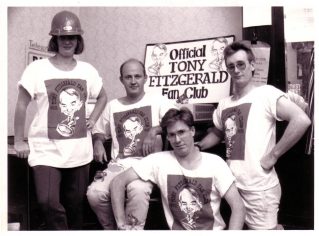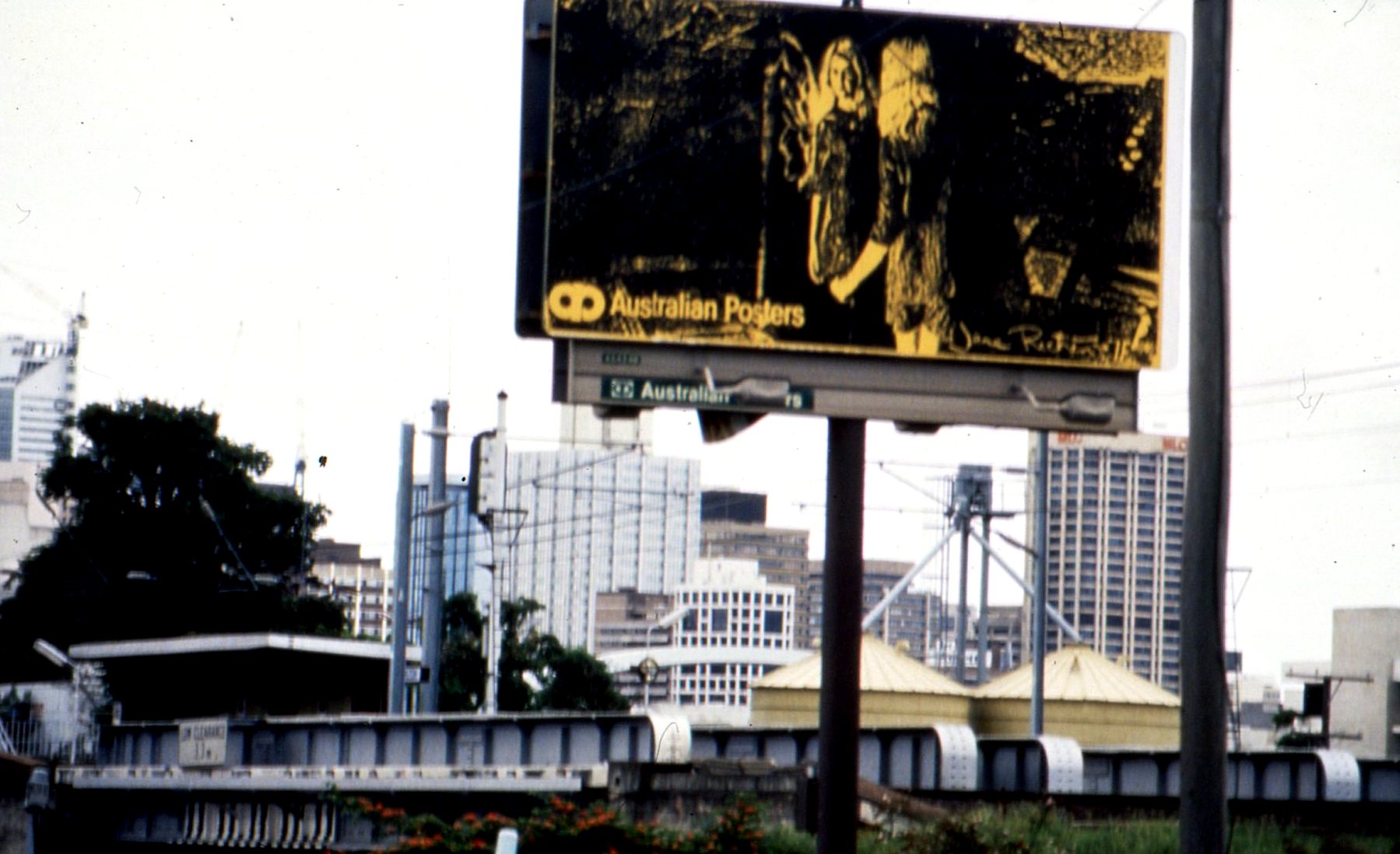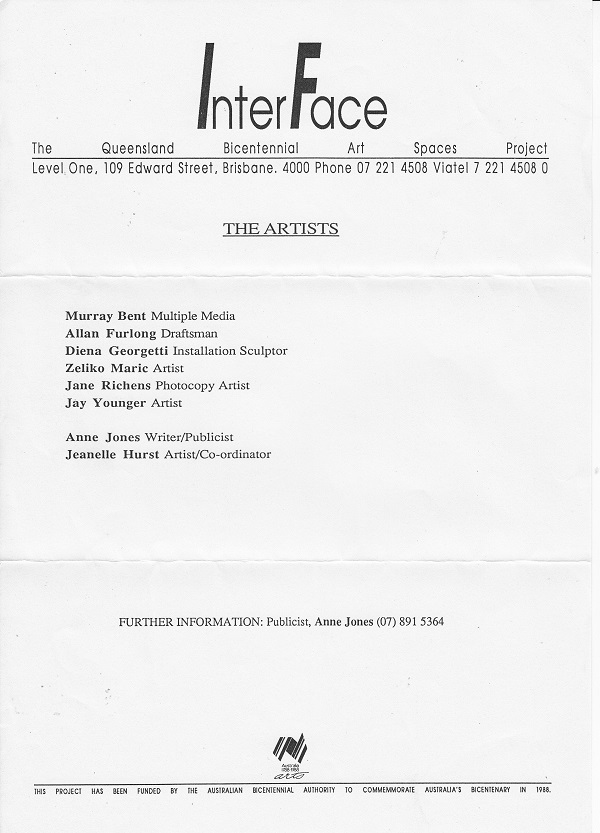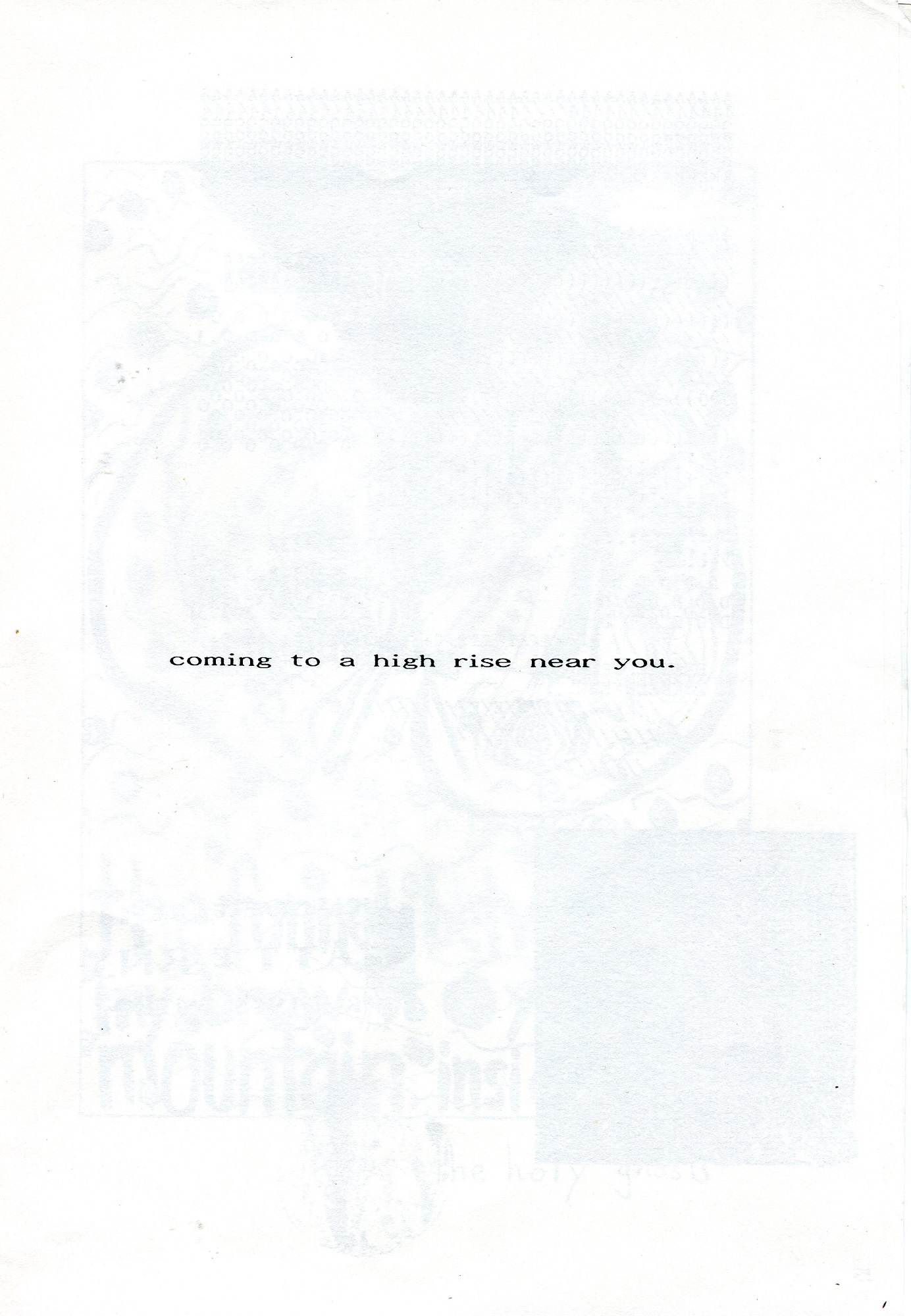Interview with Anne JONES
the ephemera interviews
In this series of interviews artists directly involved in ARIs and artist-run culture 1980- 2000 speak about the social context for their art making and provide insights into the ephemera they produced or collaborated on during this period. Artist ephemera includes artworks, photocopies, photographs, videos, films, audio, mail art, posters, exhibition invites, flyers, buttons and badges, exhibition catalogues, didactics, room sheets, artist publications, analogue to digital resources and artist files.
BIO
Anne leads ToadShow’s print business, coordinates interpretive projects and manages ToadShow’s quality system. Anne has extensive Board experience in the arts and environment sector and takes a lead role in our strategic management. She carries out her role with a focus on quality and integrity. Her specialist skills include journalism, print production and project management.
PA:
Anne, thanks for your time today, can you provide some insight into your experience of the DIY impulse for artists, designers, writers, media makers and creatives and the Melting Pot effect it produced in Queensland during the 1980’s?
AJ:
It seems strange now but in the 1970s and 1980s popular culture had very little to offer young people. We had to make our own fun. We also had to deal with the breathtaking conservatism of the Bjelke-Petersen Government but this was also a powerful motivator.
In the 1960s the Architecture Department at the University of Queensland had a tradition of putting on stage shows called Architecture Reviews. By the 1970s the reviews had morphed into forming rock bands. The most successful of these bands was The Riptides, one of the originators of “that striped sunlight sound”.
There were 48 students in the group starting architecture in 1974. We used to play Exquisite Corpse in a cartoon book format. Notable artists emerging from the group were Noel McKenna and Brian Doherty. Notable designer-cartoonists emerging from the group were Damien Ledwich and Terry Murphy. Several others became exceptional architects as well. We had a rock band called the Bruce J-Roll Big Band which once got to play at Cloudland.
On 8 December 1975 Brisbane’s most famous do-it-yourself project launched. The brainchild of Jim Beatson, Four Triple Zed was originally conceived as a pirate radio station but the Whitlam Government had a wild idea of issuing community radio licences. Triple Zed’s was one of the first.
By January 1976 I was a Triple Zed volunteer, dragged along by a housemate to help out at a Joint Effort. Soon our bunch of architecture students had volunteered to write and design Radio Times, the Triple Zed subscriber magazine. A keen Triple Zed listener called Matt Mawson started dropping off brilliant cartoons at the station. He quickly became part of the group.
This nexus would help to spawn Cane Toad Times. The group also effectively invaded the offices of Semper Floreat, the University of Queensland Union student magazine. Matt Mawson was Semper’s layout artist for several years. I worked at Semper in 1980 and was elected editor in 1981. The following two years I was station coordinator of Triple Zed.
Around this time artist Brian Doherty was Activities Coordinator of the University of Queensland Union.
Involvement in Semper and Triple Zed served as an introduction to the wider world of Brisbane’s do-it-yourself youth culture. At the time artforms seemed more fluid with fewer barriers between them.
An important incubator at the time was La Bamba, a late-night cabaret at La Boite Theatre. Started in 1982 by John Stanwell and Simon Stocks, both heavily involved in Triple Zed, La Bamba encompassed everything from traditional theatre and cabaret to performance art. I programmed La Bamba in 1985-1986. Regular La Bamba performers included Mark Ross, Tim Gruchy, David Clarke and Anthony Patterson and their Ironing Board Dances. La Bamba was also where ToadShow started with shows Paisley Pirates of Penzance and Conway Christ Redneck Superstar.
When John Stanwell left Brisbane in late 1984, I got his old job as the Community Arts Officer based at the Queensland Film and Drama Centre (later Griffith Artworks), Griffith University. The director at the time, Margriet Bonnin, had set up an excellent artist-in-residence program. This increased my involvement in visual arts. I left Griffith in mid 1986 to pursue a career as a freelance artsworker.
By November 1986 ToadShow had outgrown La Boite and was putting on another theatre production Hound of Music. On legal advice, we formed a company. This became the umbrella for the activities of several freelancers including me. ToadShow accepted a wide variety of projects such as producing the first seven issues of Eyeline. I wrote an article about Tim Gruchy in the first issue and the Arts News for a few issues, as well as doing some of the typesetting.
In 1988 I was engaged to assist in promoting Interface , the Queensland Bicentennial Arts Spaces Project. Coordinated by Jeanelle Hurst, Interface integrated traditional arts practice with interactive databases and emerging telecommunications technologies. It was astonishingly ambitious for the time particularly considering it was the very early days for computer technology. This was years before the internet. One of the artists was faxing artworks back from all around the world.
The Goss Government was elected on 2 December 1989. I was appointed to the Arts Review Committee which completely revamped and increased Queensland Government support for the arts. It was probably the beginning of the end for Queensland’s do-it-yourself culture.
PA:
In many respects The Activities Centre at UQ late 1970s-1986 alongside Red Comb House events, happening and performances in George Street from the late 1970’s were a sort of crucible for the unprecedented proliferation of artist-run collaborations in Brisbane, tell me a wee bit more about Activities from your perspective?
AJ:
In the late 1970s and early 1980s, the Activities Centre at the University of Queensland Union was the place where vast numbers of promotional and political posters and t-shirts were produced. It had a public-access darkroom and silk-screen printing press which was frequently used to print posters for 4ZZZ Joint Efforts and street marches.
Activities ran all sorts of workshops for students from painting and drawing, paper making and stained glass to alternative lifestyles, yoga and car mechanics.
In the early 1980s pottery courses were so popular, Activities employed a potter full-time. The pottery program was very well-regarded. In November 1980 the Queensland Craft Council sponsored an exhibition of the Activities pottery work at the 109 Edward Street.
On 22 July 1981, the student newspaper Semper listed the staff of Activities as:
Director: Peter Lewis
Workshop Coordinator: Anna O’Connor
Potter: Michael Walker
Other people associated with Activities around that time include Brian Doherty, Rell Hannah, John Caskey, Dee Martin and Dianne Heenan. Di was involved in That Contemporary Art Space and was later the Director of Gladstone Regional Gallery and Museum.










